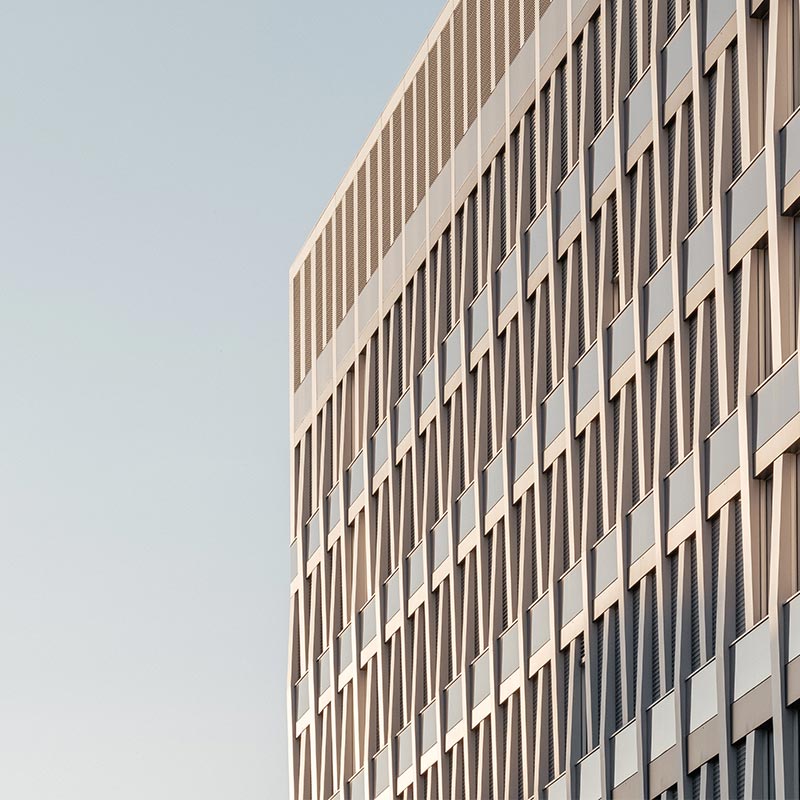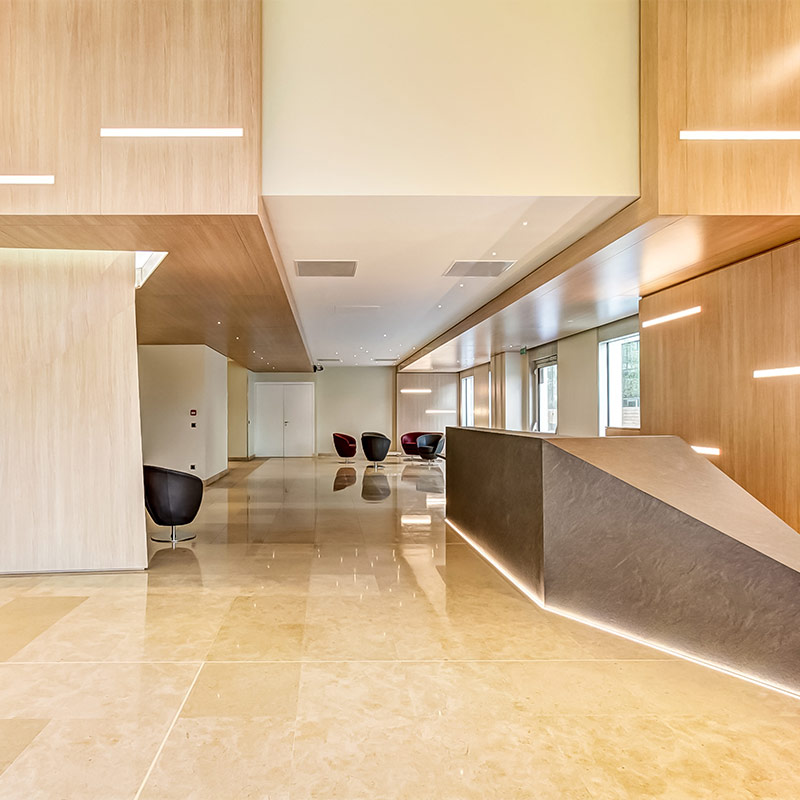One of the most beautiful and ancient cities on the Mediterranean, Tripoli is a hidden treasure with cultural and touristic riches still waiting to be discovered and to be put on the map. This is a first attempt, with an edited representation and information to portray this charming city as never before.
Tripoli welcomes you and invites you to explore this amazing old world where nearly all distinctiveness and particularities remain intact and stand as it existed eight centuries ago.
What you will discover in this video is only a part of Tripoli and its fascinating story. In between each historical landmark lies loads of other attractions and more secrets, small and large dwellings, passages and alleys as old as famous mosques and schools in which more and more tales and details are yet to be discovered.
The Phoenicians founded in the 9th century BC a union which was the first of its kind between the Phoenician cities of Tyre, Sidon and Arwad, and it became the capital of this Union, as supported by discovered coins (188 BC) bearing a Phoenician inscription. The Greeks called it Tripolis – the triangular city – after Alexander the Macedonian seized it from the Persians in the 4th century BC. It was under the Romans in the late 1st century BC and gained a significant importance to be called the Holy City in the 2nd century AD. In the 4th century AD, it was conquered by the Byzantines, until the Arab Muslims came in 644 AD and became in the Umayyad era the center of the Umayyad war armada. Then the city fell under the Abbasids then the Fatimids reign, then it gained its independence in the 11th century AD and witnessed the most prosperous periods of its history during : “Bani Ammar” reign. Its main library was called back then the “House of Science” which was widely recognized throughout the ancient world. At the beginning of the 12th century the Crusaders seized the city and became the capital of the province of Tripoli. Nearly two centuries later, the Mamluks came and destroyed the ancient city along the seaside and established the city we know today; they excelled with the architecture and they take credit for this historical treasure that distinguishes old Tripoli today. Ottoman Turks entered Tripoli in the 16th century and it remained a very important city in their era on the coast of the Levant until it became part of “Greater Lebanon” and the second Lebanese city following Beirut after the independence of Lebanon.





